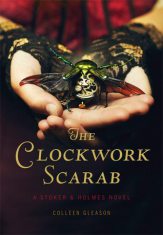Download links for: The Moonlight Palace


Reviews (see all)
Write review
Great potential but not developed enough. The book is really short and left me unsatisfied.
Lovely book. Nice story with well developed quirky characters.
Nice piece about historical Singapore
Not bad, just unmemorable.
Lovely, lyrical writing.
Other books by Romance
Other books by Liz Rosenberg
Related articles












